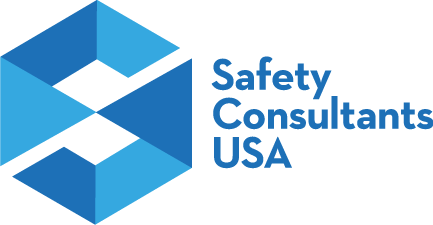My employee has just filed a complaint with OSHA. What do I do now?
There are a number of reasons that OSHA may show up at the doorstep of your company. Often times we find that OSHA was contacted by an employee or a past employee for reasons varying from unsafe work conditions to a disgruntled employee. Regardless, if your company finds itself in a situation where OSHA was contacted by an employee, it is important to know how to carefully navigate your encounter with OSHA and ensure that your facility is prepared for an unannounced visit.
1. The Complainant
In most cases, the employee who called OSHA will choose to remain anonymous. However, in some cases you may have a good idea of which employee called OSHA to your facility. It is important to remember that OSHA’s whistleblower laws protect employees from employer retaliation, such as dismissal, discipline, harassment, and demotion. Therefore, you should understand that federal law clearly recognizes that it is illegal for an employer to fire someone for reporting OSHA violations.
2. Type of Complaint
The local OSHA office will evaluate the complaint as they receive it and will determine how serious the risk is to the safety of the employee. In many low-risk cases, you will receive a phone call or a letter requesting a follow-up that you must respond to within ten days. In this case, you should be prepared to respond with a thoroughly detailed response with evidence of corrective actions for the complaint filed or proof of compliance. If the content of your response is satisfactory, OSHA may close your case.
If the complaint proves to be more serious, then an OSHA compliance officer is likely to visit your facility.
3. An OSHA Visit
If an OSHA inspector shows up, there a few key things you should remember:
- You can ask the inspector to please wait in the lobby until proper management or your safety representative (Safety Consultants USA) is onsite.
- Obtain a copy of the complaint to ensure you understand the purpose of the OSHA inspection.
- Limit the amount of the facility the inspector should have access to. The area in which the complaint was filed is the area of importance. Never offer the OSHA inspector a tour of the facility, as that could bring other violations to the forefront.
- If the OSHA inspector takes notes or photos, you should also take notes and photos to document what was discussed and items that will require corrective actions.
- Once the inspection is complete, ensure that you take responsibility to complete any corrective actions and recommendations suggested by the inspector. You will need to provide evidence of corrective actions during the closing conference and prove your commitment to employee health and safety prior to the citations you may receive.
4. In Conclusion
An OSHA inspection can be daunting for your workplace. It is important to know how to handle an employees’ OSHA complaint to ensure that you use the best resources available to you.
